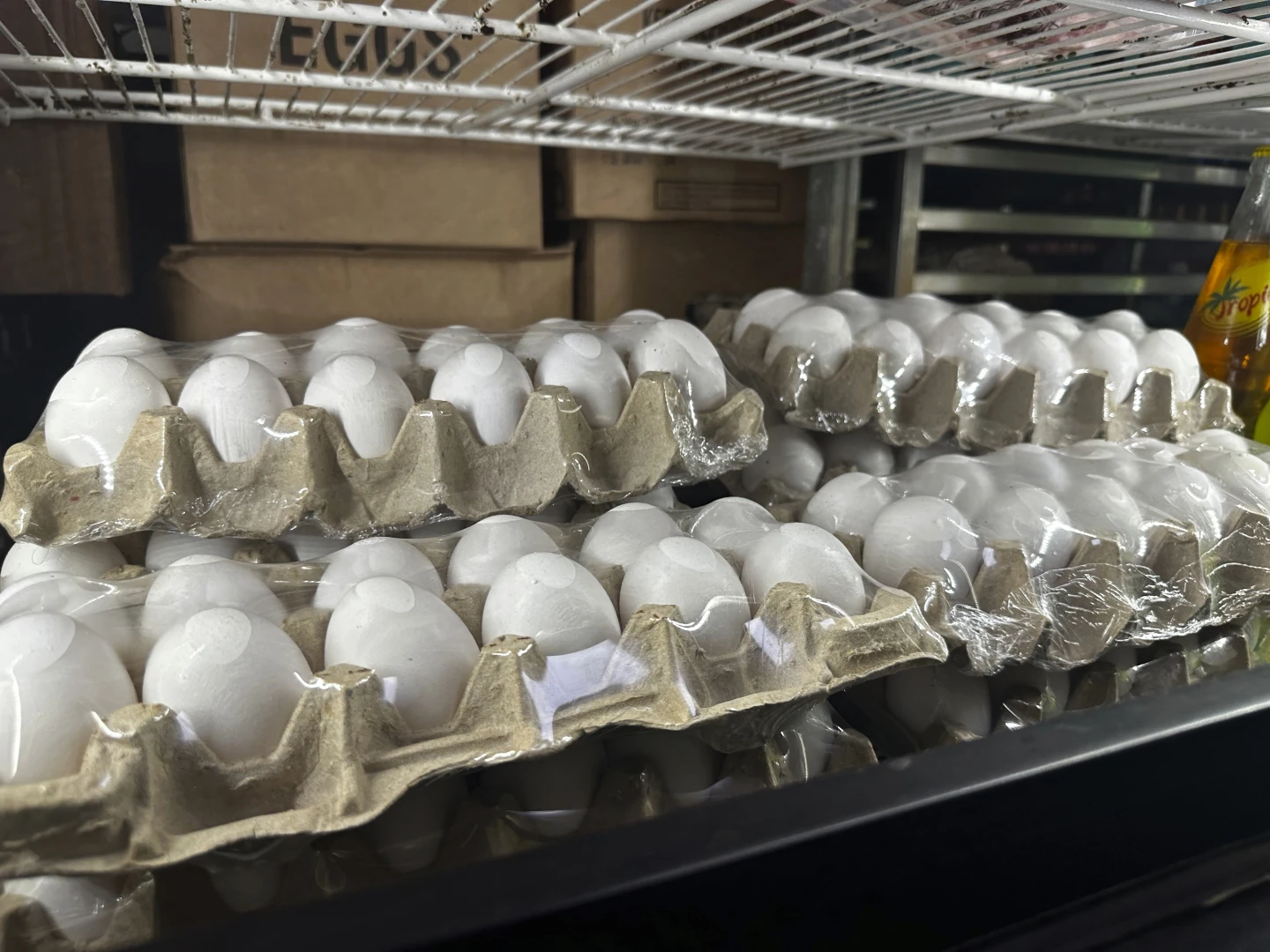Consumers are feeling the pinch as egg prices reach unprecedented levels, driven by an ongoing and devastating bird flu outbreak across the United States, The Associated Press reports.
The latest Consumer Price Index, released Wednesday, revealed that the average price of a dozen Grade A eggs in US cities skyrocketed to $4.95 in January, surpassing the previous record of $4.82 set two years prior and more than doubling the August 2023 low of $2.04.
The US Bureau of Labor Statistics reported that this dramatic spike represents the largest increase since the nation’s last major bird flu outbreak in 2015 and contributed to some two-thirds of the total increase in overall food costs last month.
While the national average hovers near $5, some regions are experiencing even steeper prices, with a carton of eggs costing $10 or more. Specialized varieties, such as organic and cage-free eggs, command even higher prices.
No Relief in Sight
Unfortunately, consumers can expect the high prices to persist in the near future. Experts predict that egg prices typically surge around Easter due to increased holiday demand. Furthermore, the U.S. Department of Agriculture (USDA) projected last month that egg prices are likely to rise by an additional 20% this year.
Adding to the frustration, affordability isn’t the only challenge. Some grocery stores are struggling to maintain adequate egg supplies, leading to empty shelves, surcharges, and limitations on the number of cartons customers can purchase at a time.
Bird Flu Devastates Poultry Flocks
The primary culprit behind the soaring egg prices is the rampant bird flu outbreak. When the highly contagious virus is detected on a farm, the entire flock is euthanized to prevent further spread. With massive egg farms housing millions of birds, a single outbreak can significantly disrupt the national egg supply. Since the outbreak began, nearly 158 million birds have been slaughtered.
The USDA reports that over 23 million birds were culled last month and more than 18 million were destroyed in December in an effort to contain the virus. While these figures include turkeys and chickens raised for meat, the vast majority were egg-laying hens.
The impact of these outbreaks is long-lasting. It can take several months to dispose of the carcasses, thoroughly sanitize the barns, and raise new chicks to egg-laying maturity.
While bird flu cases typically peak during the spring and fall migrations of wild birds, the primary carriers of the virus, outbreaks can occur year-round. The virus has also spread to cattle and other species, with dozens of people, primarily farmworkers caring for infected animals, contracting the illness.
However, health officials maintain that the risk to the general public remains low. Eggs and poultry are safe to consume because sick animals are not allowed into the food supply. Additionally, properly cooking meat and eggs to at least 165 degrees Fahrenheit kills the virus, and pasteurization neutralizes bird flu in milk.
Other Factors Contributing to Price Hikes
Beyond the bird flu outbreak, several other factors are contributing to the elevated egg prices. Egg farmers are facing increased costs for feed, fuel, and labor due to broader inflationary pressures. Additionally, farmers are investing heavily in biosecurity measures to protect their flocks from the virus.
Furthermore, the increasing prevalence of state laws requiring the sale of eggs only from cage-free environments is impacting prices. Ten states have now adopted such legislation. The supply of cage-free eggs is currently tighter and concentrated in specific regions, magnifying the price impact when outbreaks affect cage-free egg farms, as has been the case with recent outbreaks in California
Finally, overall demand for eggs has risen significantly in recent years as consumers purchase more eggs and the popularity of all-day breakfast restaurants continues to grow.








The latest news in your social feeds
Subscribe to our social media platforms to stay tuned